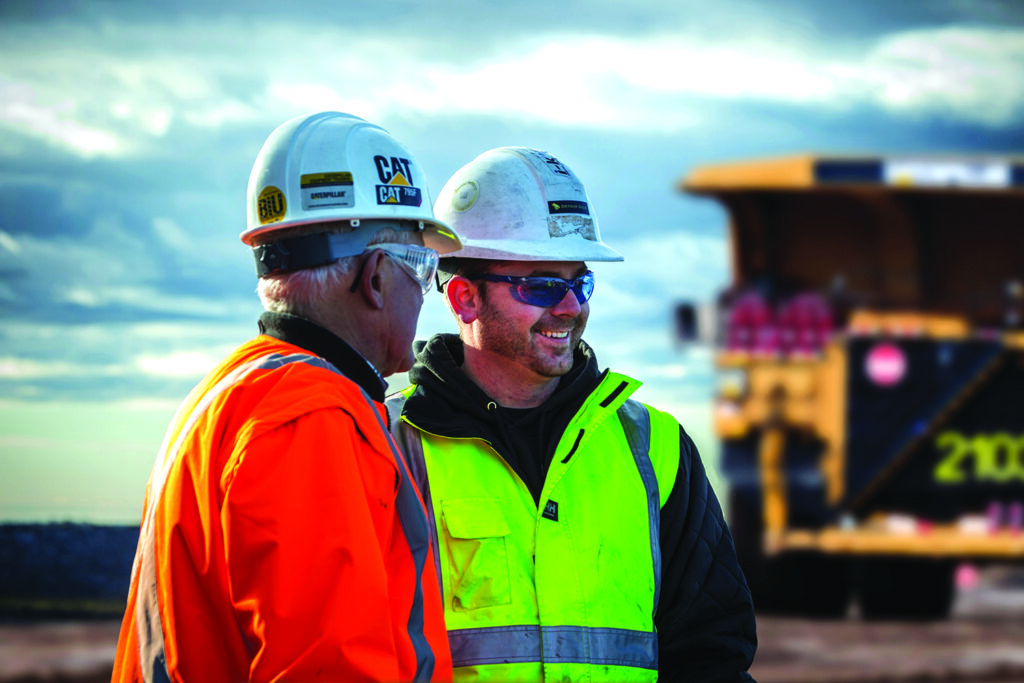 Caterpillar Safety Services has launched two new programs to help foster strong safety cultures within mining organizations. These are based on the four pillars of a resilient safety culture – system, mindset, leadership, and ownership.
Caterpillar Safety Services has launched two new programs to help foster strong safety cultures within mining organizations. These are based on the four pillars of a resilient safety culture – system, mindset, leadership, and ownership.
The first is an updated Safety Perception Survey which analyzes an organization’s safety culture. The survey incorporates updated language and modern concepts of safety culture excellence, with new questions related to psychological safety and human and organizational performance.
The survey assesses five safety activities — hazard identification, event learning, inspections, near miss and safety meetings — and uses 11 cultural indicators, including caring climate, employee involvement, feedback, management credibility, training effectiveness and risk reduction to determine where each organization is at on its unique safety journey. It also shows how safety is perceived differently among employees, supervisors and managers. The resulting reports are streamlined with modern visualization of key data, providing a strong foundation for continuous organizational improvement.
Trinnie Cortez, industry consultant at Caterpillar Safety Services, told Coal Age: “The Safety Perception Survey starts with asking people what they think of their company’s safety culture. Once we have the results, we then work with the organization to develop a plan for continuous improvement in areas where they might like to improve their safety performance and create manageable steps that can be implemented across the company. This allows frontline workers, middle managers, and top leaders to come together to make improvements and it boosts team morale. Getting everyone involved really is the most effective solution to safety challenges.”
The second is a new framework based on human and organizational performance which feeds into Caterpillar Safety Services offerings, such as the Leadership Development and Coaching program. The program, which includes a mix of workshops, assessments and individual face-to-face sessions, helps leaders to understand their strengths and areas for development in safety management, and provides them with personalized development plans.
The new framework presents a structured way to talk about safety and aims to build more error-tolerant systems by teaching leaders that expecting perfection from workers, processes, or procedures is not realistic.




